
You are doing it all wrong. Here's the right way to clean your washing machine
If you’re like most people, you probably assume that your washing machine is one of the few appliances in your home that cleans itself. After all, it’s constantly filled with water, soap, and detergent, right? Unfortunately, this is a widespread misconception. In reality, washing machines require regular cleaning to maintain their performance, extend their lifespan, and prevent potential problems. Ignoring this essential maintenance can lead to unpleasant odors, detergent residue buildup, and even mechanical malfunctions that could become costly.
In this comprehensive guide, we’ll walk you through the correct way to clean your washing machine. From understanding why routine maintenance is crucial to learning step-by-step cleaning techniques, we’ll cover everything you need to keep your appliance in top condition. Whether you are a seasoned homeowner or new to managing household appliances, following these practical tips will ensure that your washing machine continues to operate efficiently and effectively for years to come.
1. Why Your Washing Machine Needs Regular Cleaning
Washing machines are constantly exposed to dirt, grime, detergent residues, and even skin oils, all of which can accumulate over time. This buildup reduces efficiency, can create foul odors, and in some cases, may even damage your appliance. Experts recommend cleaning your washing machine at least once a month to avoid these issues.
Routine cleaning helps remove detergent and fabric softener residues, mineral deposits from hard water, and other contaminants that could affect performance. It also plays a critical role in preventing mold and mildew, which thrive in damp, enclosed environments and can pose health risks if left unchecked. By staying proactive, you protect both your appliance and your laundry.
2. The Consequences of a Dirty Washing Machine
Neglecting cleaning can lead to several issues:
-
Unpleasant smells: Residue and moisture create a breeding ground for bacteria and mold, causing odors that can transfer to your laundry.
-
Poor cleaning performance: A buildup of grime can make your clothes come out less clean and less fresh.
-
Mechanical problems: Clogged hoses, filters, or pumps can reduce efficiency or even cause breakdowns, leading to expensive repairs.
Addressing these issues before they escalate not only ensures cleaner laundry but also prolongs the life of your washing machine.
3. Vinegar Magic: How to Use It Properly
Vinegar is a natural, affordable, and highly effective cleaning agent. To clean your washing machine with vinegar, simply add two cups of white vinegar to an empty drum and run a hot water cycle. The acidity of vinegar breaks down residues, neutralizes odors, and helps dissolve mineral deposits.
For optimal results, perform this cleaning once a month. However, avoid using vinegar on rubber components such as door gaskets or hoses, as prolonged exposure can degrade these materials. If your machine has stubborn odors or buildup, consider combining vinegar with baking soda for a more thorough clean.
4. The Importance of Leaving the Door Open
Leaving the door of your washing machine open after each use is a simple but highly effective way to prevent mold and mildew. Allowing air to circulate inside the drum and other components helps moisture evaporate more quickly, reducing the conditions that mold and mildew need to grow.
This habit also helps dissipate lingering odors. If you have small children or pets, consider using a child lock feature or a small door stopper to keep the machine safely ajar. Over time, this simple practice can make a noticeable difference in cleanliness and freshness.
5. Gasket Care: Wipe It Dry Every Time
The rubber gasket around the door of front-loading machines is especially prone to mold and mildew because it frequently stays damp. After each wash, take a few minutes to thoroughly wipe the gasket dry with a clean cloth.
Also, check for trapped debris, coins, or lint, which can contribute to odors and mold growth. Keeping this area clean and dry prolongs the gasket’s life and prevents small issues from turning into larger problems.
6. Monthly Maintenance: Cleaning the Filter
The washing machine filter traps lint, hair, and other debris that could affect performance. Over time, these materials can clog the filter, slowing down your machine or causing drainage problems.
To clean the filter, locate it (usually at the bottom of your machine), remove debris, and rinse it under running water. Ensure it’s completely dry before reinserting it. Performing this task once a month helps maintain smooth operation and prevents potential blockages.
7. Baking Soda: A Powerful Ally
Baking soda is another natural cleaner that helps deodorize and remove residue. Add half a cup directly into the drum and run a hot water cycle. Its alkaline properties neutralize odors and help dissolve detergent buildup.
For a deeper clean, combine baking soda with vinegar. Run a vinegar cycle first to break down residues, then a baking soda cycle to neutralize odors. This two-step approach ensures a fresh-smelling and thoroughly cleaned washing machine.
8. Proper Ventilation to Avoid Mold
Good ventilation is essential to prevent mold and mildew. Ensure your laundry area has sufficient airflow, and use a fan, open windows, or a dehumidifier to reduce humidity.
This is particularly important if your laundry room is enclosed, in a basement, or poorly ventilated. Keeping the area dry makes it much harder for mold and mildew to take hold, protecting both your machine and your health.
9. Deep Cleaning: How Often?
While monthly cleaning keeps your machine running, a deep clean every six months is recommended. This involves cleaning not only the drum but also the detergent drawer, door seals, and any accessible components.
Use a combination of vinegar and baking soda or a specialized washing machine cleaner. Follow manufacturer instructions for each component, and inspect for wear and tear. A deep clean restores your machine to near-new performance and eliminates hidden grime.
10. Using Bleach Safely
Bleach is a powerful disinfectant but must be used carefully. Add half a cup to the detergent dispenser and run a hot water cycle. Never mix bleach with vinegar or ammonia, as this creates toxic gases.
Avoid frequent use, as bleach can degrade rubber seals and gaskets over time. Reserve bleach for disinfecting heavily soiled loads or persistent odors.
11. Common Mistakes to Avoid
Some frequent mistakes include:
-
Overloading the machine: This strains mechanical components and reduces cleaning effectiveness.
-
Using too much detergent: Excess detergent can leave residues and odors. Always follow the recommended amount based on machine size and water hardness.
-
Neglecting maintenance tasks: Forgetting to clean the filter, wipe the gasket, or leave the door open can lead to long-term problems.
Setting a consistent schedule for these tasks ensures your washing machine operates efficiently and lasts longer.
By following these tips and incorporating small, regular maintenance habits, you can enjoy cleaner laundry, fewer odors, and a longer-lasting washing machine. Think of it as giving your appliance a little spa treatment—it rewards you with reliability and efficiency for years to come.
News in the same category


Tips for cleaning an air fryer without scrubbing and still clean as new

The water pipe is clogged, just blame this and it will be solved easily, no need to waste money calling a plumber.

How to clean the bathroom easily and effortlessly: It will stay clean and fragrant all week long

Simple tips for making crispy roast pork skin without much effort: Golden brown, crispy skin like in restaurants

Dirty sofa, do not use wet towel to wipe: Use this to clean it, it will not be damaged
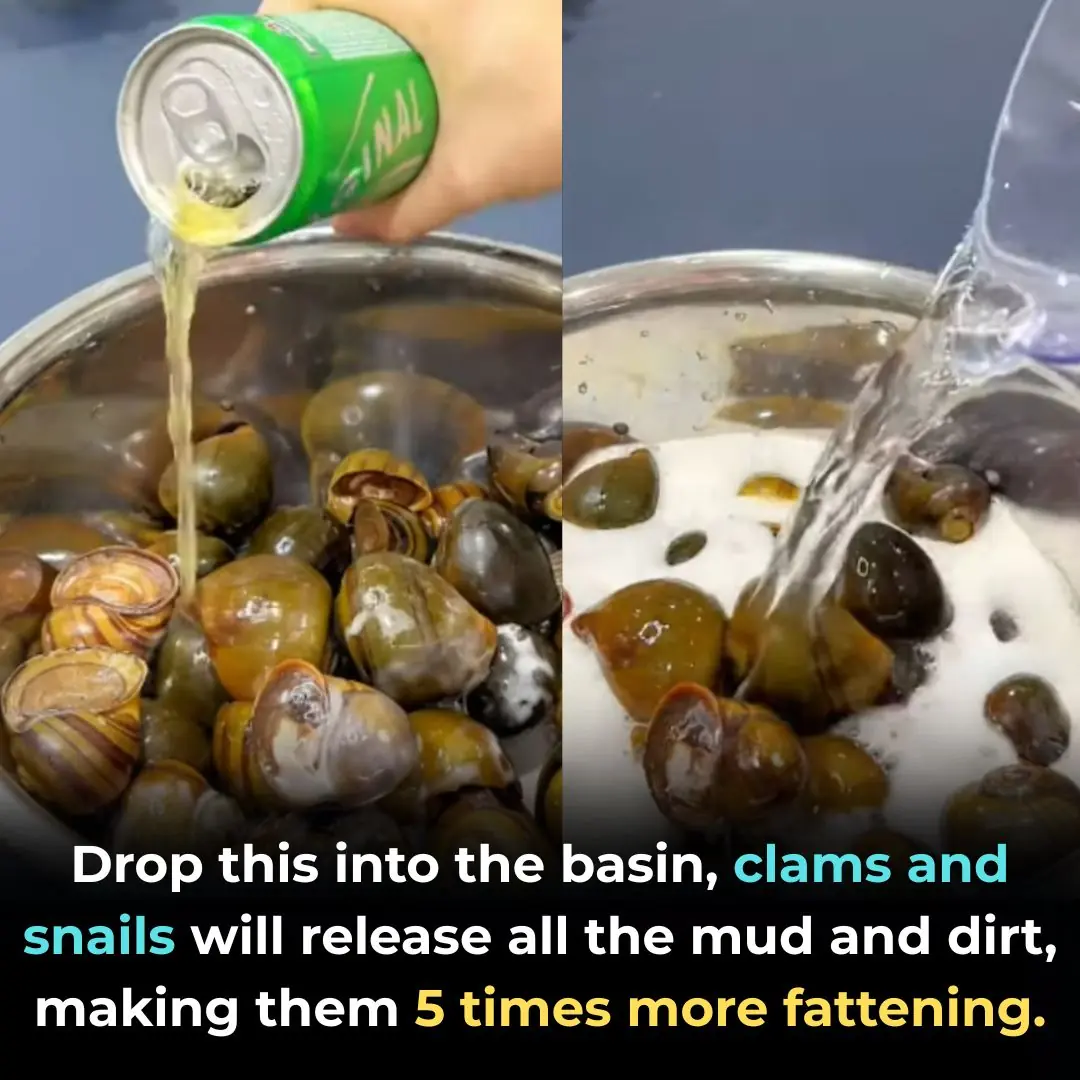
Drop this into the basin, clams and snails will release all the mud and dirt, making them 5 times more fattening.

Tips to avoid blackening pots when using gas stoves: Very simple, everyone should know

Learn from the Japanese by soaking bananas in this water: Get a longevity food, not everyone knows

See why and how to choose melon effectively...
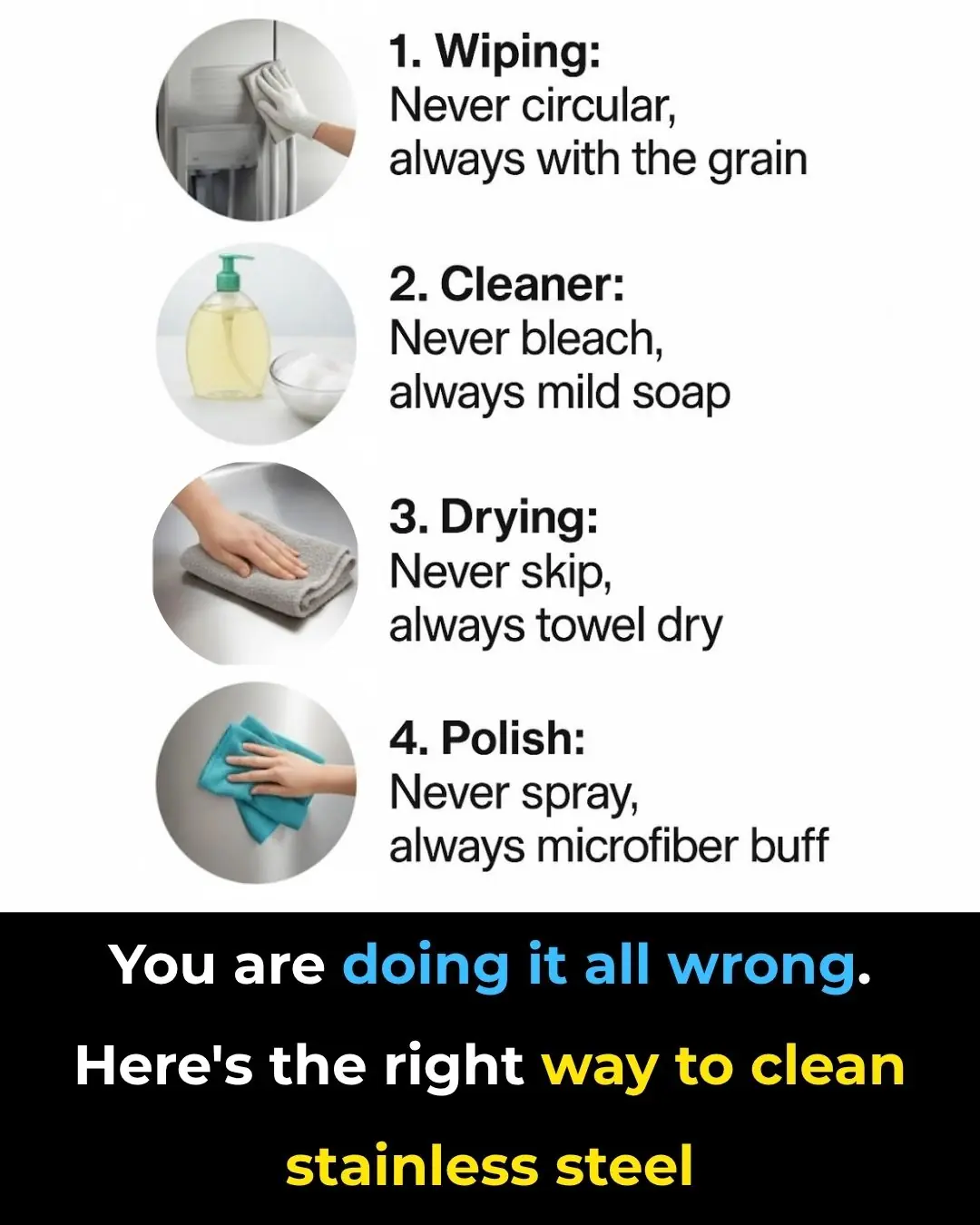
You are doing it all wrong. Here's the right way to clean stainless steel

Should You Throw Toilet Paper in the Toilet or in the Trash?
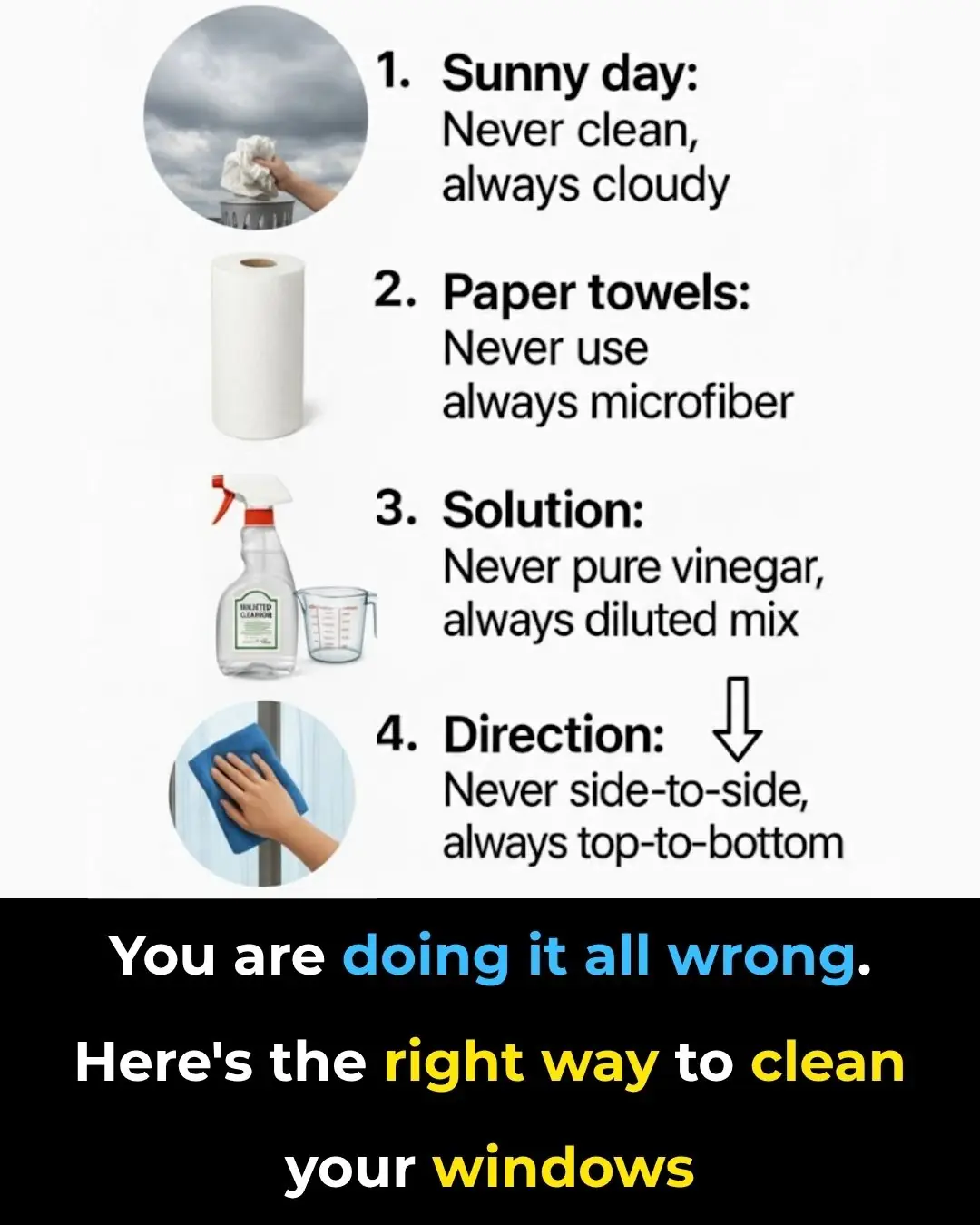
You are doing it all wrong. Here's the right way to clean your windows

Add This to Your Mopping Water – Your Floors Will Shine Like New and Stay Dust-Free for a Whole Week

Hidden Smartphone Tricks You Didn’t Know About

The Uses Of This Small Hole On a Padlock

You are doing it all wrong. Here's the right way to store spices
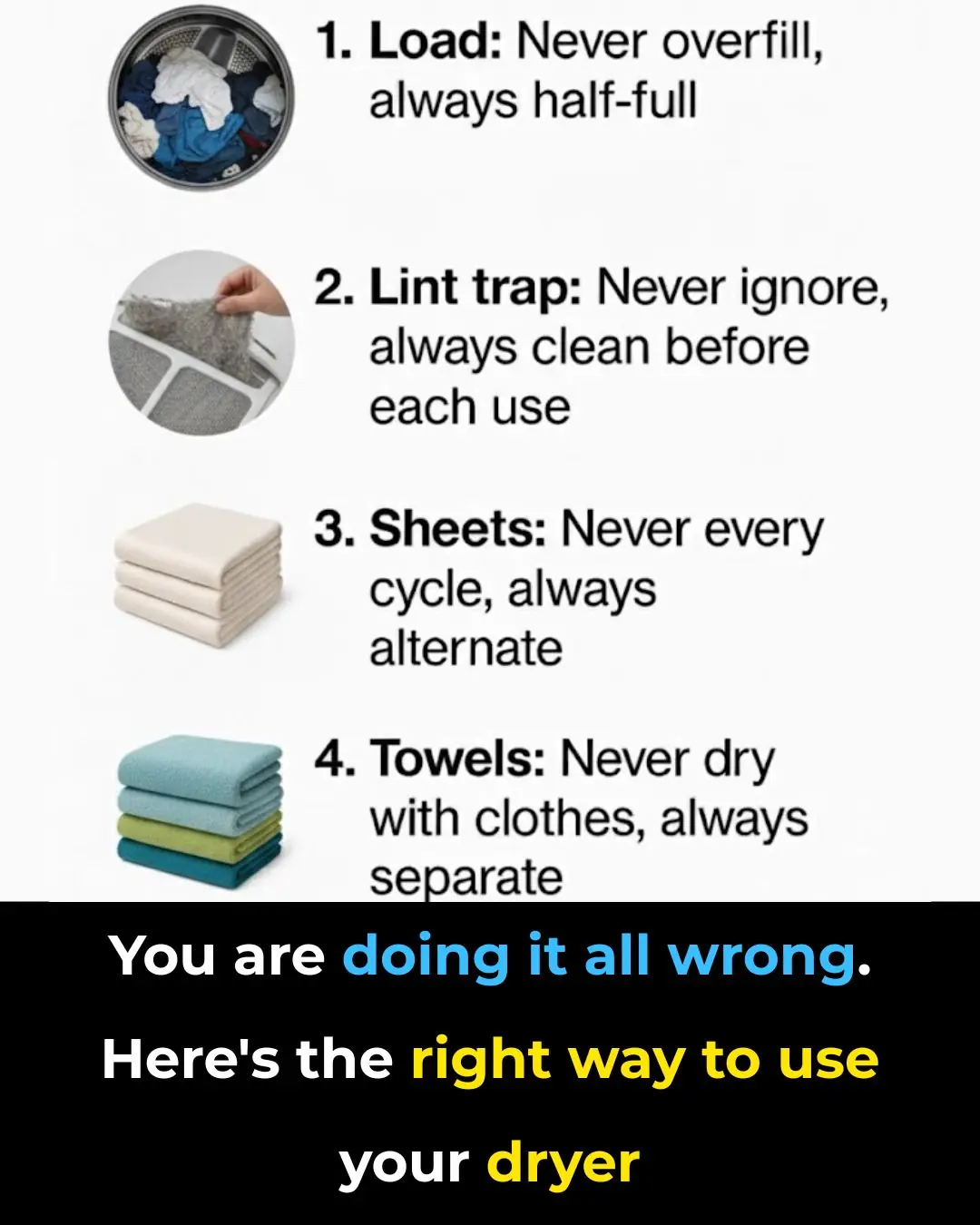
You are doing it all wrong. Here's the right way to use your dryer
News Post

The #1 Food for Detoxifying and Supporting Kidney Health

Dark Chocolate and Tea Found to Significantly Lower Blood Pressure

Why This Doctor Refuses to Prescribe Statins for High Cholesterol

Top 5 Foods to Avoid if You Have High Blood Pressure
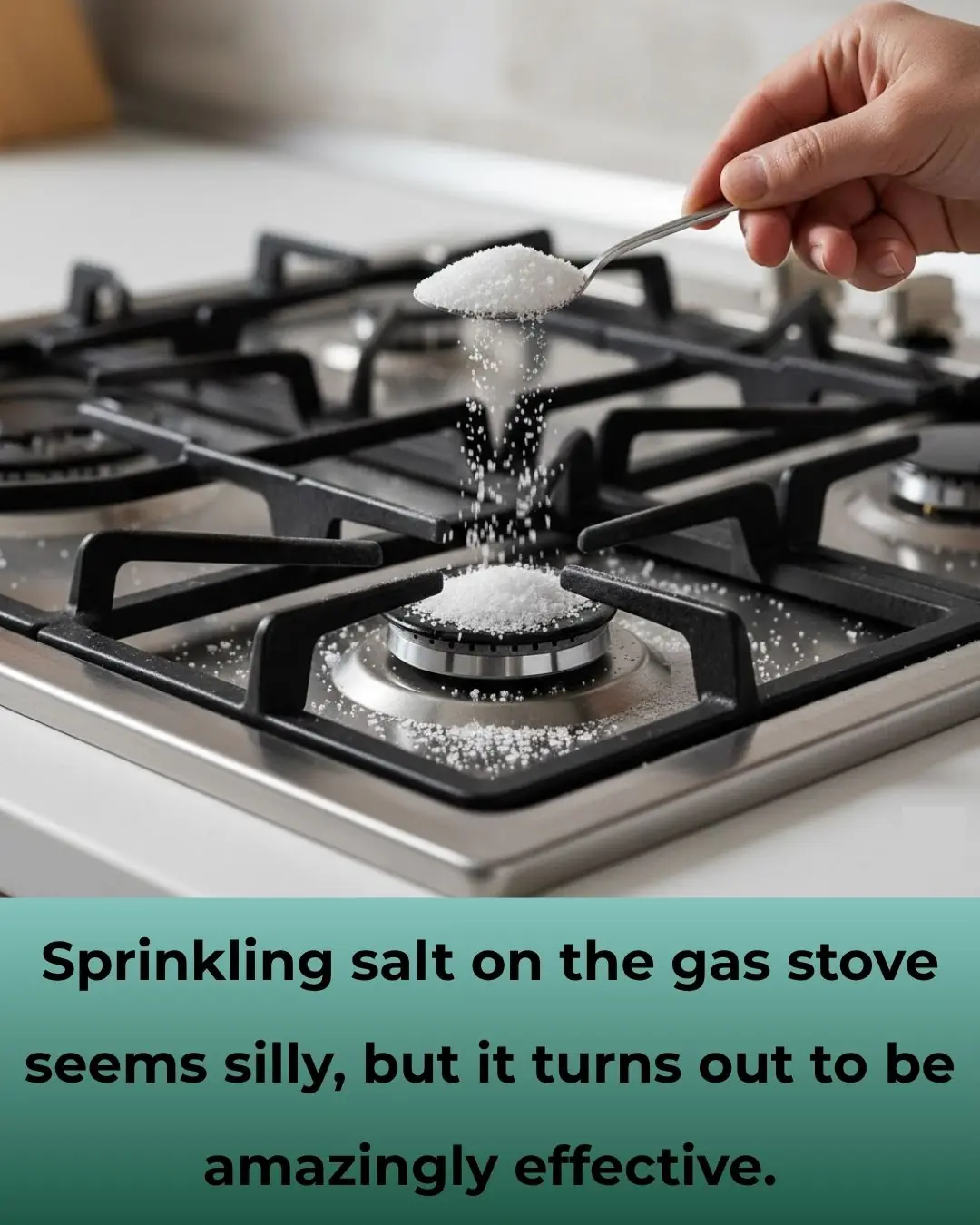
Why You Should Sprinkle Salt on Your Gas Stove

3 Flowers That Make Snakes Tremble — Natural Repellents You Can Grow at Home
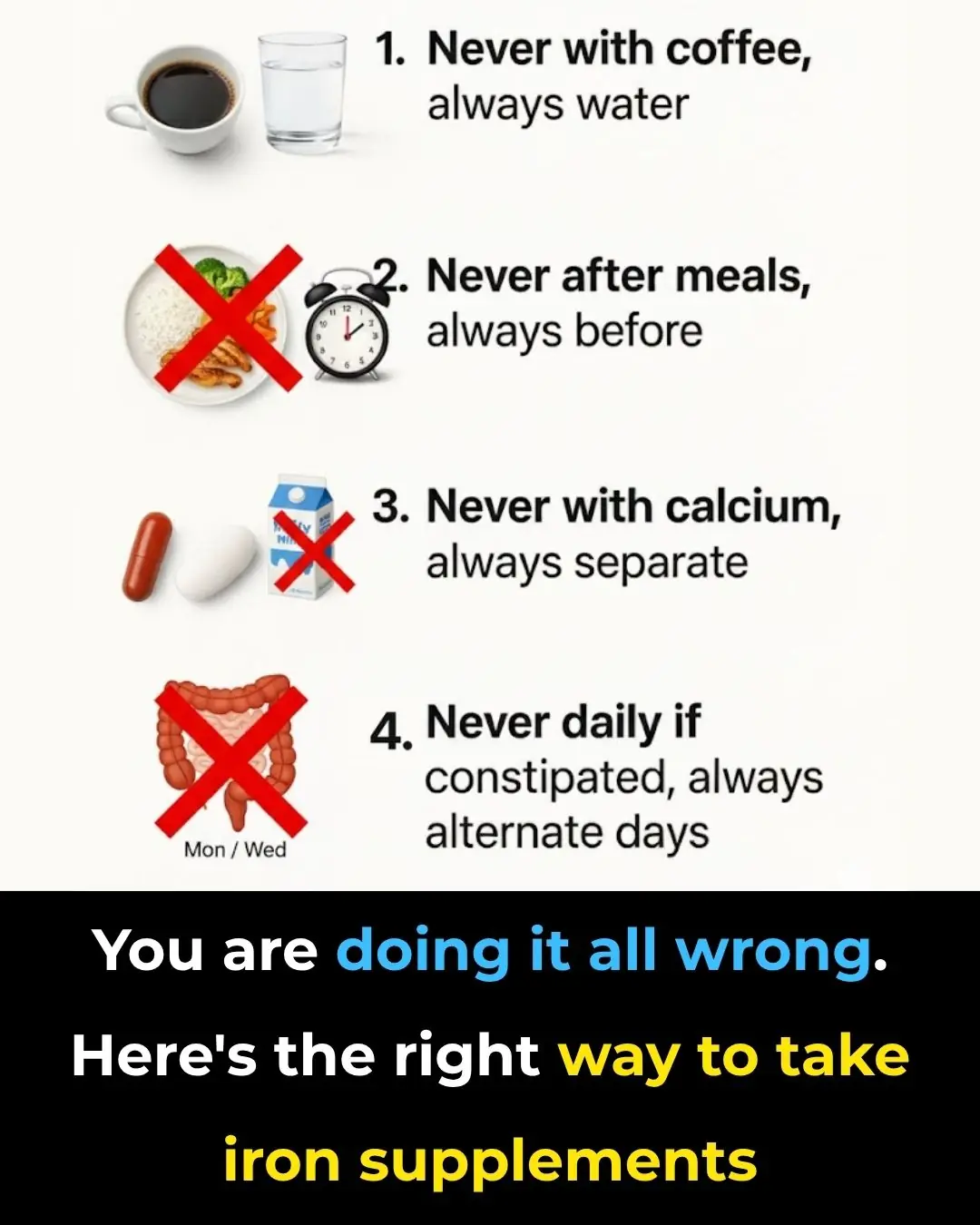
You’re Taking Iron Supplements Wrong — Here’s the Science-Backed Way to Do It Right

Nana’s Baking Soda Hack: The Surprisingly Effective Trick to Soften and Thin Thick Toenails

Never Mix Medications in One Box: 10 Serious Risks Most People Don’t Know

The Right Way to Take Ashwagandha: A Science-Backed Guide to Unlock Its Full Potential

Shrimp injected with impurities is easy to distinguish: Smart people will see this point

Tips for cleaning an air fryer without scrubbing and still clean as new

25 Incredible Health Benefits of Goosegrass

The water pipe is clogged, just blame this and it will be solved easily, no need to waste money calling a plumber.

How to clean the bathroom easily and effortlessly: It will stay clean and fragrant all week long

Simple tips for making crispy roast pork skin without much effort: Golden brown, crispy skin like in restaurants

How bathing too often can affect your health

Dirty sofa, do not use wet towel to wipe: Use this to clean it, it will not be damaged

Drop this into the basin, clams and snails will release all the mud and dirt, making them 5 times more fattening.
